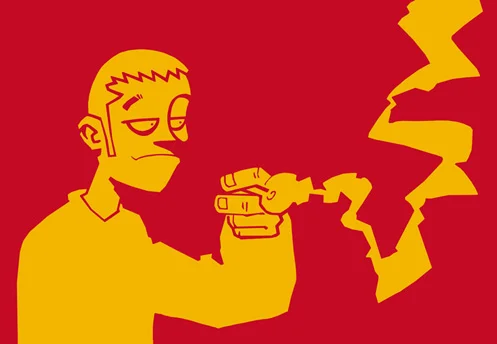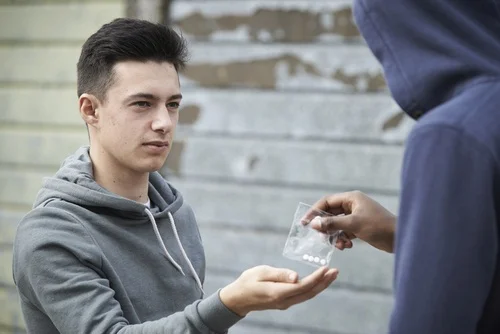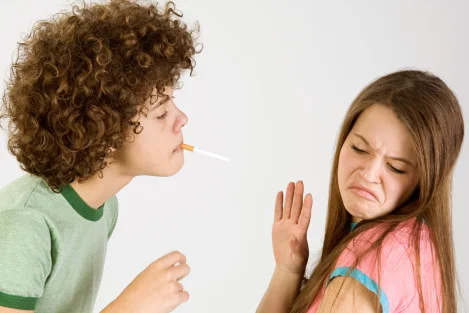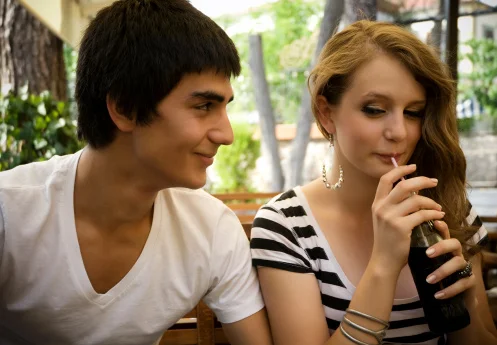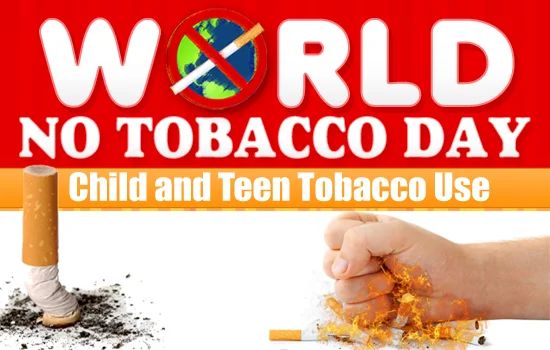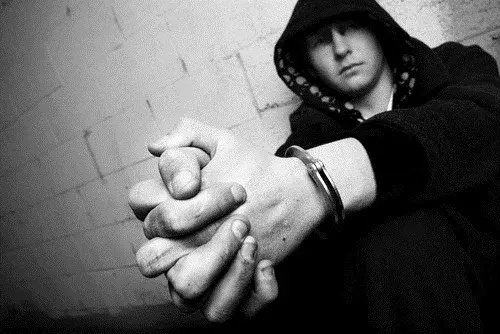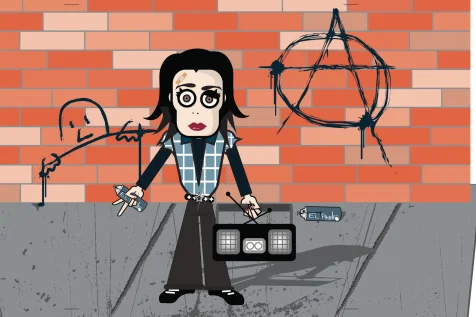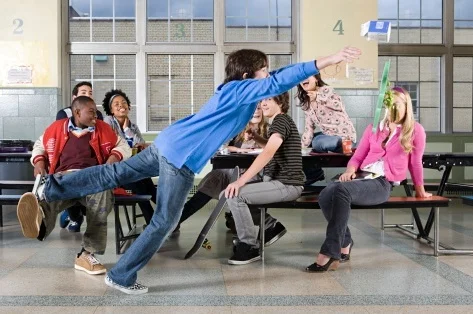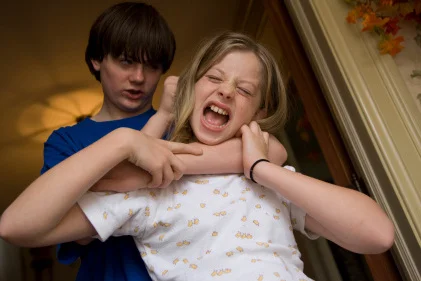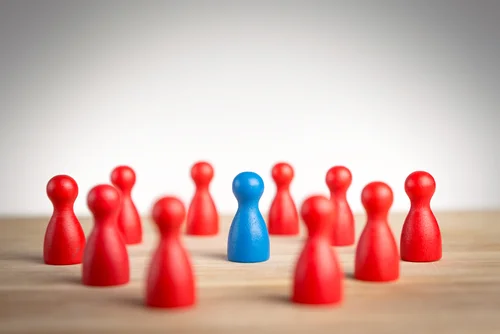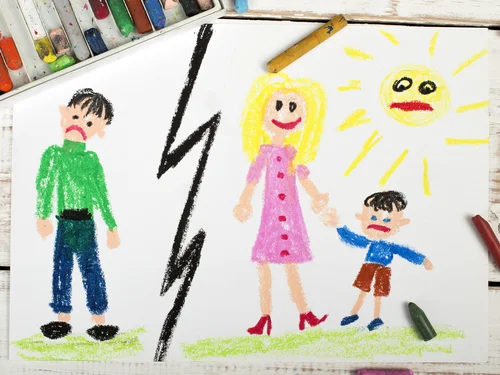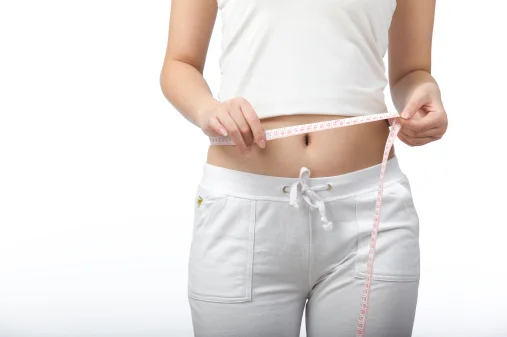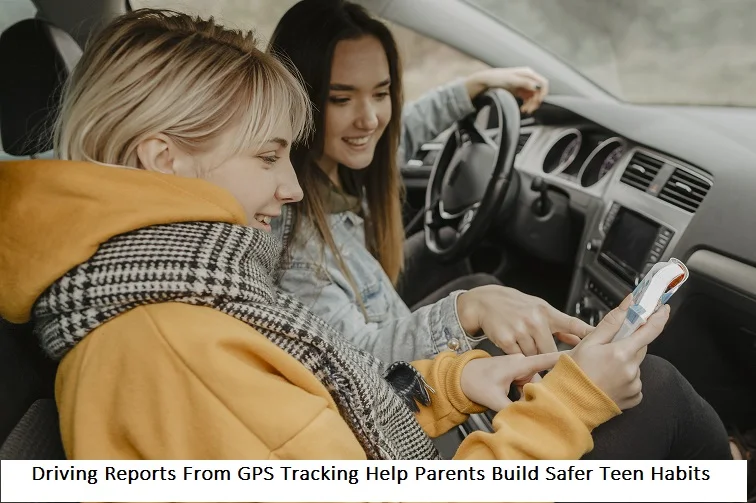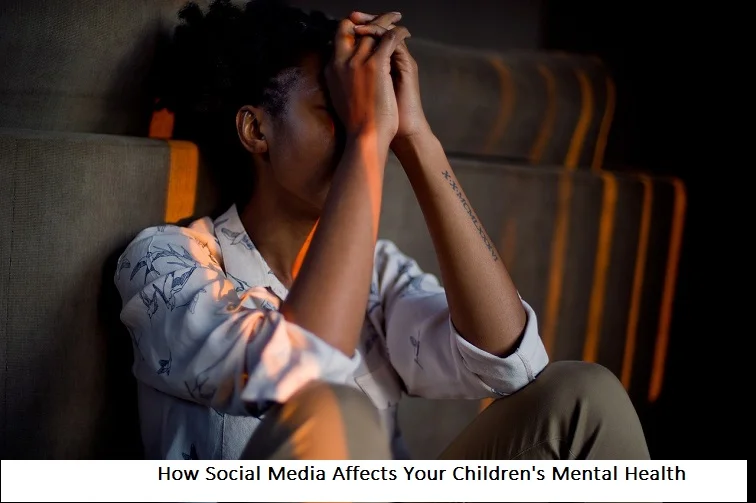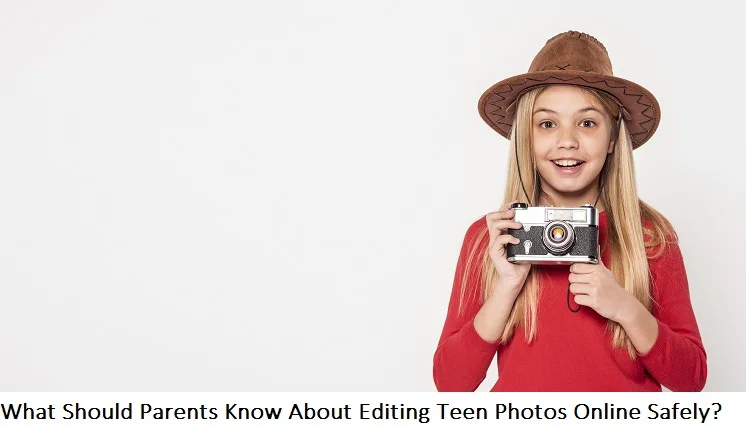+1 845 259 2974 (11 a.m to 7 p.m CST)
One Cut Too Deep: Why Kids Take Selfies Of Self-harm?
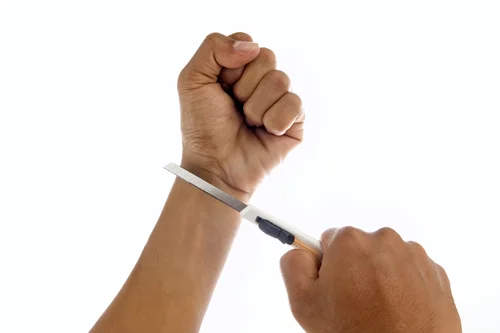
A large number of youngsters in the United Kingdom (UK) are posting selfies of self-harm in social networking sites due to the rise in popularity of apps that include Instagram and Snapchat.
According to mental health charities, the disturbing trend of sharing self-harm pictures is gaining ground because photo sharing sites are easy to access through smartphones.
It was also revealed that teenagers are tilting towards this trend because they genuinely feel they have ‘no one else to turn to’. This self-harm culture has been identified by the social media and later picked up by the mainstream media channels. There are many facets to this hideous culture and some are discussed below in this article.
From Extreme To Mainstream
In the UK, the issue was raised by Independent Television’s (ITV) This Morning in order to garner support against the latest self-harm trend. Official statistics were shared on the program that showed that the number of teenagers getting admitted to hospital because of self-harm has risen by 10 percent.
Franki Eaton (25), who appeared on the show, said that she has been self-harming for 11 long years. She told the hosts of the show that she saw self-harm as a form of “release” and that the pain from the injuries “shocked” her put of feeling low.
A Worrying Phenomenon
Francis Burrows, operations director of the charity Mindfull, while speaking to MailOnline said that apps such as Instagram and Snapchat has provided the platform for self-harm selfies to emerge as a worrying trend.
“And these images can have a profound effect on people. They see what other people have done and it gives them validation to do the same,” Burrows said.
Commenting on the high that self-harm provides to teenagers, Burrows said, “Most people look at these images and are shocked – but for these young people it can become competitive.” In case you are not aware of what happens next, this is where all hell breaks loose.
Sinister Undertones
The selfie culture might come across as a harmless teenage obsession, but there is more to this phenomenon than meets the eye.
Teenagers engage in this practice in order to get validation from the larger peer group and to become an integral part of the shady online proceedings.
In this regard, Burrows said, “Sadly, this can lead to posts encouraging them to harm themselves even more. Schools are coming to us saying they have a problem but don’t know how to address it.”
The biggest problem with this culture has been aptly recognized by Burrows, who said about this teenage trend, “But it can go the other way, too, where they are bullied or trolled because of their pictures. This then turns into a vicious cycle where they self-harm even more.”
Health experts have found out that self-harm is common among children who are facing exam problems, bullying, disturbed family life, and are suffering from depression. Above all, teens adopt self-harm selfie culture to gain importance and position among the large tribe of self-harming children from around the world.

